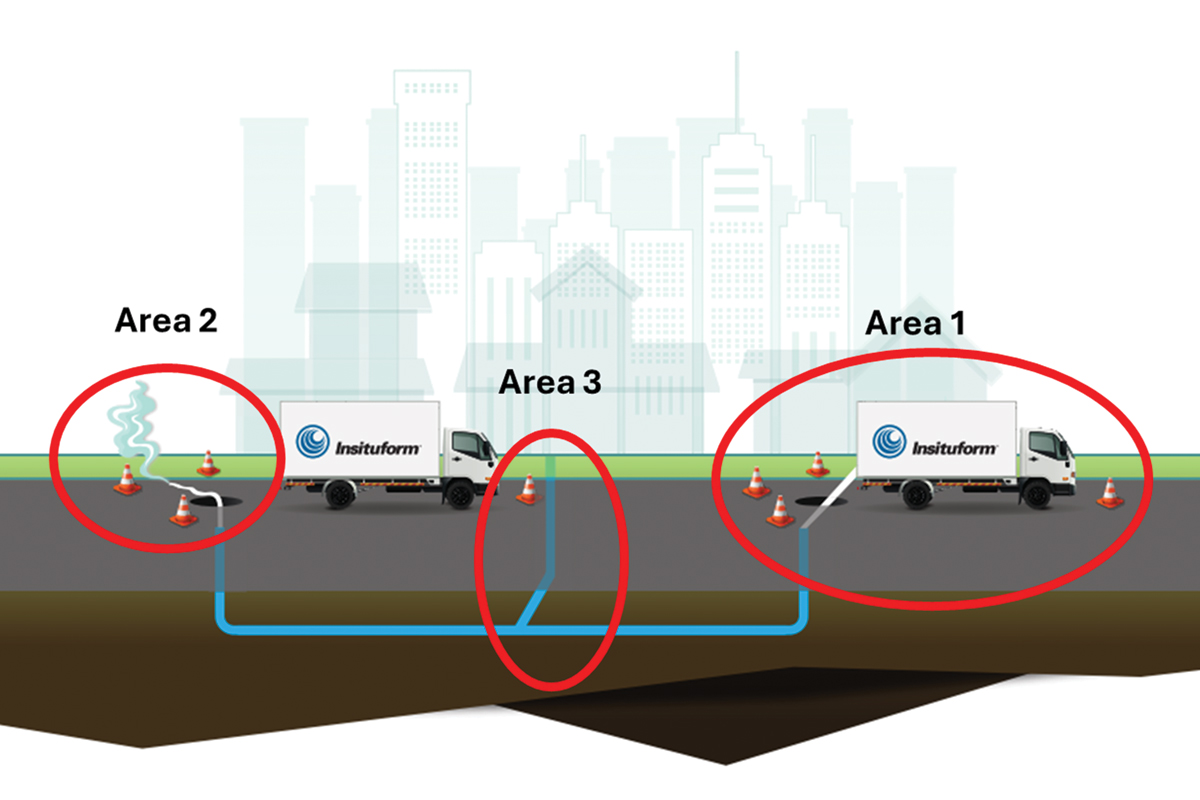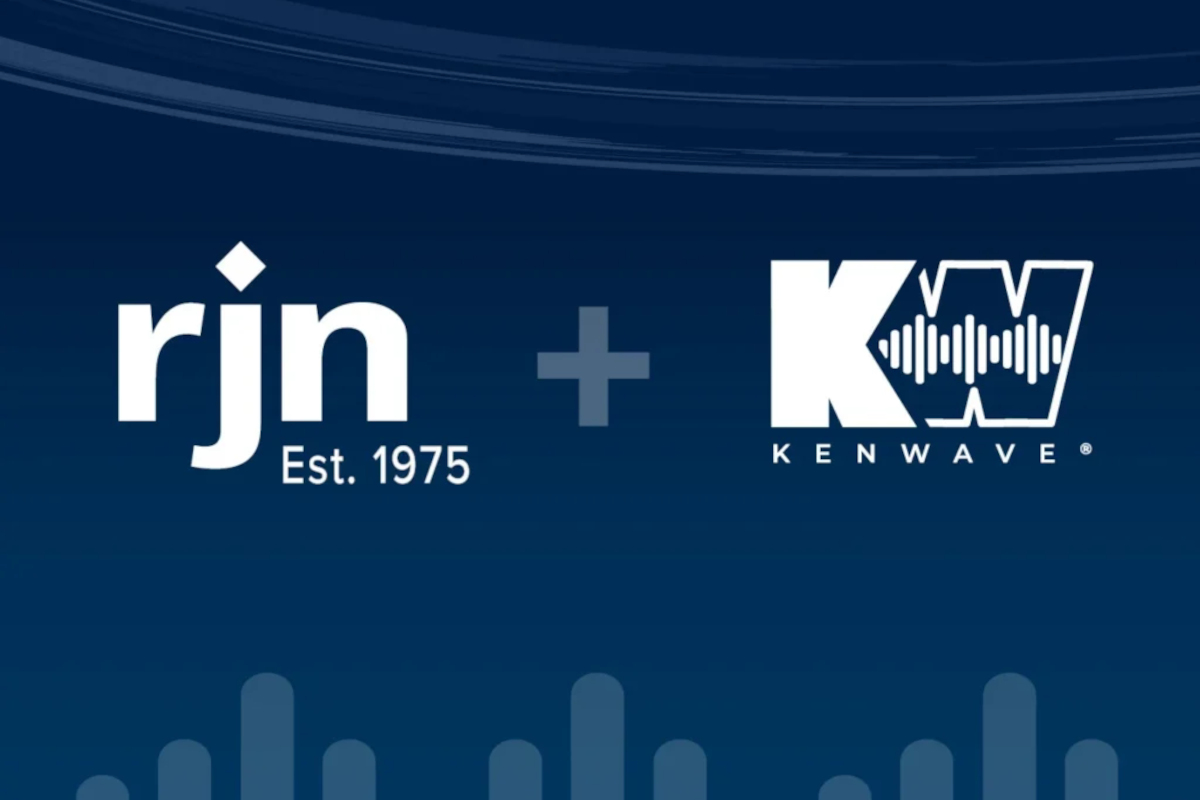TT Technologies: Entrenched in Trenchless
 TT Technologies has literally grown up with the trenchless technology industry, coming into being before the term “trenchless” became synonymous with the rehabilitation of underground infrastructure that it is today.
TT Technologies has literally grown up with the trenchless technology industry, coming into being before the term “trenchless” became synonymous with the rehabilitation of underground infrastructure that it is today.
This Aurora, Ill.-based business is one of a handful of companies that drew its first breaths at the onset of the trenchless technology revolution and remains a true pioneer to the industry, showcasing pipe bursting, pipe ramming, horizontal directional drilling (HDD) and piercing tools in its repertoire of trenchless products.
The company’s beginnings are rooted in a product division of a concrete company in 1975 and was spun off by employees as a standalone company in 1991, catering its product line exclusively to the trenchless world — at a time when the industry was virtually unknown to municipalities and engineers. But its owners believed in the potential of trenchless. As the trenchless market gained traction, so did TT Technologies and it became a global presence through its marketing alliances with Tracto-Technik and German HDD drill manufacturer Prime Drilling.
“We were trenchless before trenchless was an industry buzzword,” says TT Technologies CEO Chris Brahler, whose influence and vision is woven into all facets of the company he has led since its inception.
TT Technologies started out helping to introduce piercing tools to North America and has grown over the years to include multiple trenchless technology disciplines such as pipe ramming, pipe bursting and HDD, as well as bentonite pumps and lateral busting systems. But the piercing tools remain at the core and heart of the company’s success, even as new advancements in the technologies emerged.
“Globally, piercing tools are widely used,” Brahler says. “They work really well for the small, short bore and involve a low cost. These types of trenchless tools are the small diameter work horses of the trenchless tools, they are low cost for the contractor who wants to punch short bores.”
TT Technologies’ manufacturing plant and headquarters sit on approximately 15 acres in Aurora, Ill., about 50 miles west of Chicago, and includes a 45,000-sq ft plant and an outdoor area specifically for product demonstrations and testing. Several of the key people who made the move from Condux/Vibra King to TT Technologies with Brahler are still critical components of the company, such as Dave Holcomb, Mike Schwager, Mike Patton, Rick Bissonette and Eddie Ward.
“We started in 1991 with the initial team,” Brahler says. “Today, many individuals of that same group are still with TT Technologies. It is their creative innovation and hard work that has led to the growth and success of TT Technologies. This company is where it is today because of [the employees’] hard work and dedication.”
In recent years, as competitors merged and aligned with larger trenchless companies, TT Technologies has continued along, seemingly unaffected by the industry trend and remaining a force the industry.

TT Technologies came into being in May 1991, launching from a products division of a larger company that wanted to focus on its core businesses involving concrete products. When Brahler was working at Condux International — a subsidiary of North Star Concrete Products — in 1974, he was assigned to its cable plow division, which at the time was an innovative way to bury phone and power cables. However, once a cable plow project reached a roadway, open-cut was the only alternative to cross it.
Brahler knew there had to be a construction method or tool to make those crossings without disturbing the roads or highways. His pursuit of this alternative method led him to the German company Tracto-Technik, which was looking for a North American distributor of its piercing tools. The partnership was a tough sell to his bosses at Condux International, who like a majority of people at the time, had never heard of trenchless technology. But Brahler won out and Condux entered into a partnership with Tracto-Technik in 1975 to represent its products; the expanded Condux product division was named Vibra King.
The Grundomat piercing tool was the first trenchless product brought to the North American market by Vibra King but it wasn’t without some challenges. After the initial success of selling the piercing tool in the United States, Vibra King discovered that tool needed to be designed to work in the diverse soils of North America. Together, Vibra King and Tracto-Technik initiated a R&D program to reconfigure the tool for use in North America and the tool was successfully re-launched in the early 1980s.
During this time, Brahler was appointed the general manager of Vibra King and served in that role until 1991 when North Star made the decision to focus on just its concrete products. The trenchless products division was sold back to Tracto-Technik, which wanted Brahler to lead the company. TT Technologies was officially on the map.
The company’s first five years were housed in a startup building in Aurora, but afterward a new facility was acquired at its current location; multiple additions have been made to it over the years, including a training and product testing/demo area. The company has grown in employees each year and currently employs more than 50 workers.
Tracto-Technik also introduced TT Technologies to the market of pipe ramming tools. Again, minor equipment additions were required for the U.S. market. “The ramming machine was perfect but needed lubricant to go with it,” Brahler says. “Our guys built bentonite pumps and started using polymers and fluids to help the pipe ramming process. The problem was that we could push the pipe casing through the road but couldn’t get the spoils and dirt out of it. Using the lubricant and putting it into the bentonite pump, helped that process.”
Later, pipe bursting caught the attention of TT Technologies but the United Kingdom’s British Gas held the patents for North America and part of Europe; later, TT Technologies became one of its first North American licensees. Brahler sees the unlimited potential of the pipe bursting method, especially on the water side. “In the United States, pipe bursting really took off on the sewer side but today, the water side is the fastest growing market in trenchless,” he says.
TT Technologies entered the fledgling directional drilling market during the 1990s and currently has two models designed for smaller diameter work. While the HDD market has grown in acceptance and in diameter size and bore lengths exceeding 10,000 ft, Brahler is content with just a smaller piece of that pie. “We got into the HDD market because a lot of our customers had piercing tools but also wanted to drill,” he says. “We don’t try to dominate that market but to service our customers who have both products. We let the big guys fight it out with the midsize to larger drills.”
In the early years, Europe was much further ahead in terms of addressing its underground infrastructure than North America and in its use of trenchless methods. But the tide started turning during the 1990s with the United States pulling ahead in terms of technological innovation and creativity, Brahler says. “Because the infrastructure is so much older in Europe, the needs of underground infrastructure and for trenchless were much earlier than in North America. As a result, the ideas and initial technology came from there,” he says. “It wasn’t until the 1990s that North America began to surpass Europe in creativity in the areas of pipe ramming, horizontal directional and pipe bursting.”
Continued Success
One of the keys to the long-term success of TT Technologies is its commitment to the trenchless industry and only the trenchless industry. The company doesn’t sell products that relate to any other market and Brahler says this makes them stand out from competitors. “Some of our competitors sell a myriad of products and their dealers have to sell their other line products as well,” Brahler says. “We just want to provide the best trenchless solutions with our products.”
TT Technologies prides itself on its “trenchless only” focus and Brahler credits its long-time success to the workforce and listening to their customers. “We attribute our success to the focus, hard work and service of our customers by our team,” he says. “We still believe that we have the best products. They may not be the cheapest, but we believe they are the most durable and long-lasting.”
Today, TT Technologies is also benefiting through its marketing alliances within the TT Group, shipping its products all over the world to Tracto-Technik dealers in Brazil and Asia, for example. The company also sells larger drills through its partnership with Prime Drilling in Germany.
Brahler also credits the company’s competition for making TT Technologies a better company. As the industry has grown, so has the number of competitors that Brahler deals with in the different area of trenchless. Brahler admittedly embraces and welcomes competition, saying that it only makes his company and the trenchless industry stronger in the end. “Our salespeople may not like [the competition] but I do,” Brahler says, chuckling. “We get up every day and have to solve the needs of that customer and the one who does it the best, generally gets that customer. That keeps you sharp and keeps you from getting complacent. You have to constantly push to make your products better and that is good for the industry.”
In the early days, much of TT Technologies’ time was spent developing the market and introducing customers to trenchless technology and how it works. It’s a much different world today, with competitors looming everywhere and good products all around. “Most of the time in the early days, we were working to create and develop the market… probably 70 percent of our time was spent on that,” Brahler says. “We did a lot of demos, showing engineers and municipalities our technology. They would look at us as if to say, ‘You are out of your mind; this will never work.’ Today, trenchless is so well accepted and it really competes with the other methods out there. The overall market has grown so nicely and the trenchless market is probably one of the better ones of construction equipment that has had steady growth over the last 20 years.”
But with all the trenchless products it sells, the piercing tool remains TT Technologies’ bread and butter market, selling thousands of the tool each year, according to Brahler. Except for incremental changes over the years, the piercing tool itself hasn’t changed much. “Most people think that underground piercing tools went the way of the cart and buggy,” Brahler says, laughing. “The piercing tool market has grown as the pipes have become more oriented toward trenchless, which was a big restrictor early on. Today, we sell as many piercing tools as we did 20 years ago. That market has maintained. One of the areas that piercing tools has grown in North America is for fiber-to-the-home and currently the gas industry is doing a lot of work with them.”
When envisioning the future for the company, Brahler likes what he sees. As the trenchless industry continues to broaden, he knows TT Technologies will always be a part of it. “We are in such a good industry. We are very fortunate to be in an innovative time where the pipe technologies are improving and the technology for design of equipment is improving rapidly. All of those things contribute to improving costs and making customers more competitive with open-cut and more competitive with lining. At TT Technologies, we are looking for long-term solutions for our customers, not quick-term solutions.”
Sharon M. Bueno is managing editor of Trenchless Technology.




